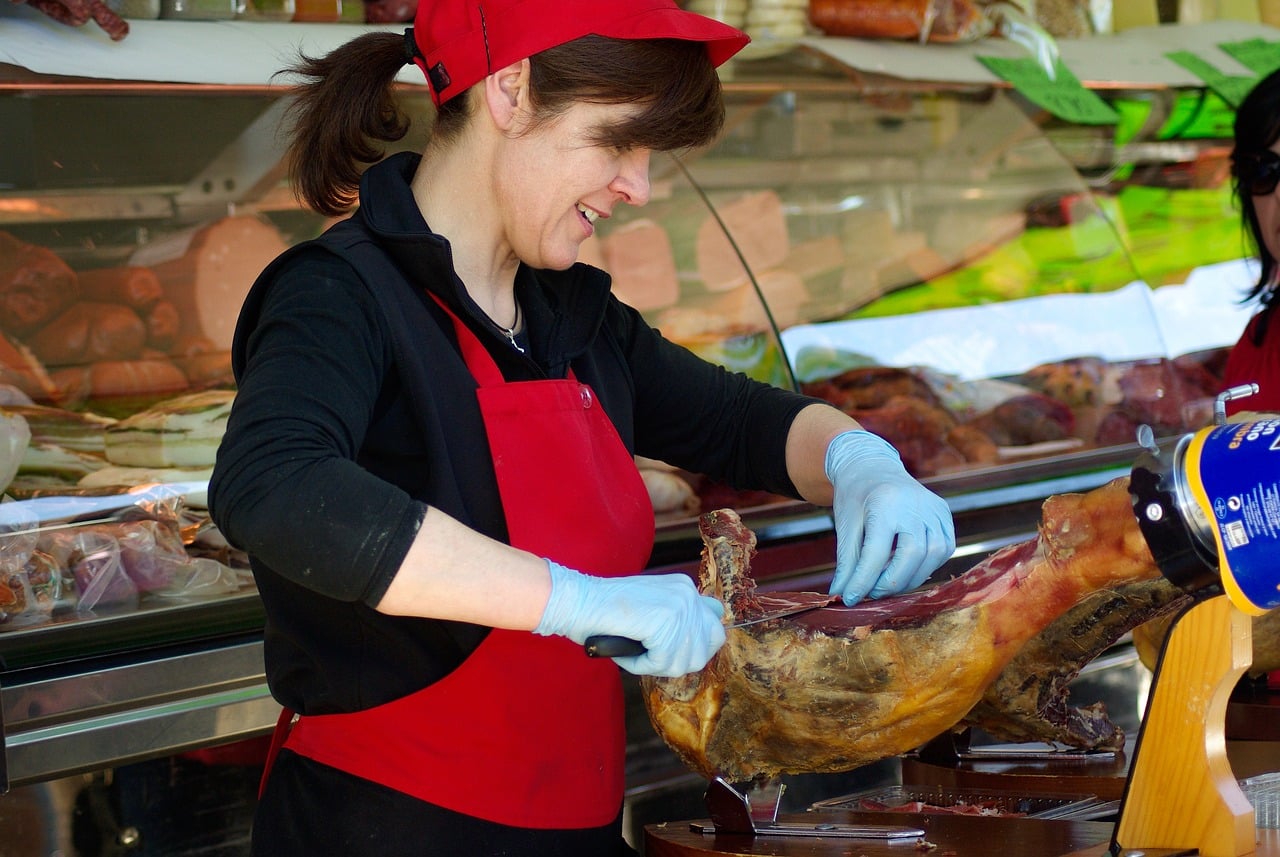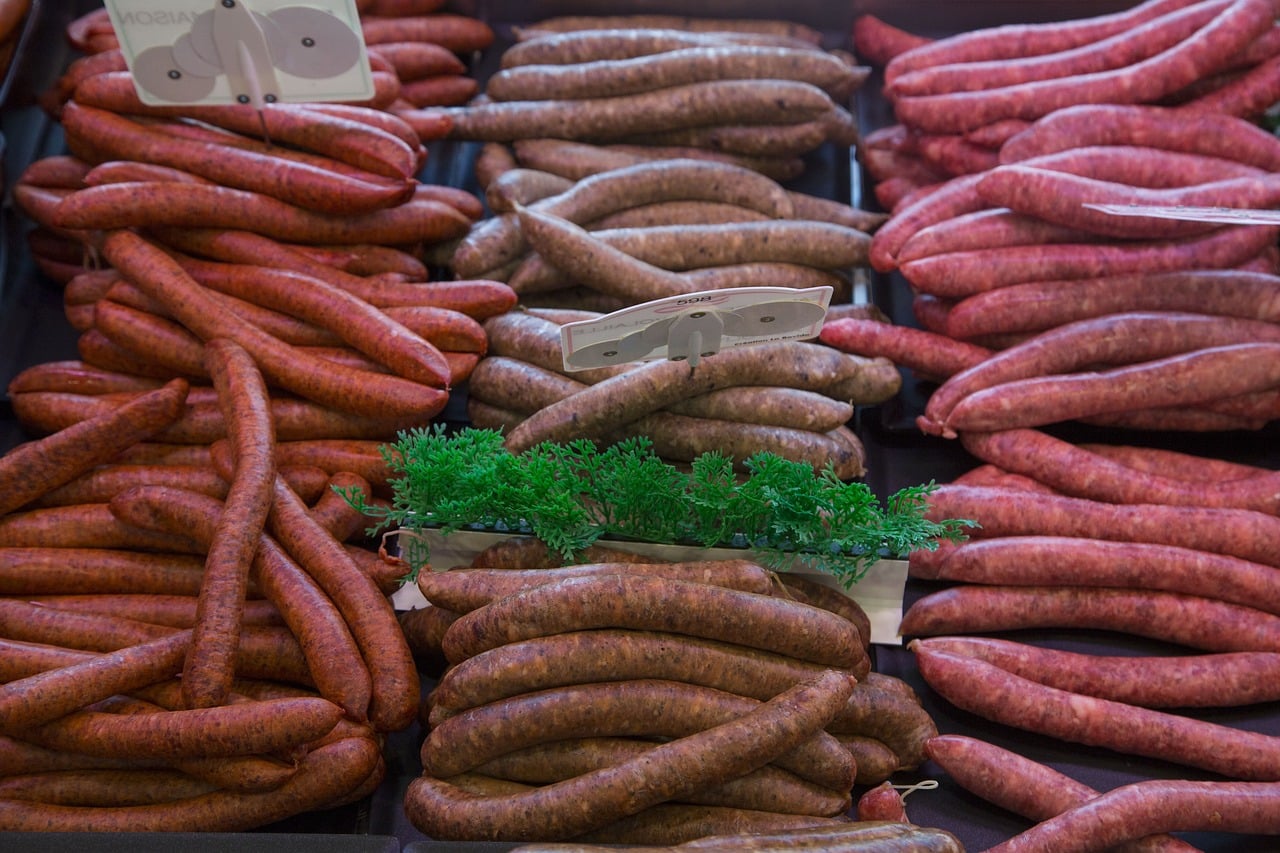
The butcher shop is a commercial establishment dedicated to meat.
Cutting and chopping
Cutting and mincing meat are two of the final activities in the process of this product, and are usually carried out in the butcher shop. The person who works in an establishment of this type carrying out these tasks and selling the meat is called a butcher .
Butcher shops usually have an industrial-type refrigerator for storing meat and a refrigerated counter for displaying the different cuts. They must also have a cutting table and multiple knives at the butcher's disposal.
There are commercial premises that function exclusively as butcher shops. However, it is common to find butcher shops inside supermarkets or installed in the same premises next to greengrocers and fruit shops .
The characteristics of butcher shops, however, depend on the culinary culture of each country. In Argentina , to mention one case, when a person wants to prepare a barbecue ( barbecue ), they usually go to their trusted butcher shop to get cuts of beef such as the roast strip and the vacuum , for example.
Available products
Butcher shops don't just offer fresh meat . Many times they also sell sausages and delicatessen products such as chorizos and blood sausages . It is common that they even sell the edible entrails of animals and, sometimes, raw foods that are already prepared and ready to cook (such as breaded fillets known as milanesas and skewers , skewers or skewers ).
It should also be noted that the origin of the meat sold in a butcher shop includes only land animals, such as cows, pigs and chickens. Fish meat is available in so-called fishmongers , although it is an equivalent product. In fact, this distinction extends into everyday speech to describe certain diets; For example, there are those who say "I don't eat meat, but fish."
History
The history of butchery is a fundamental part of the evolution of humanity, since the obtaining and consumption of meat has been an ancient practice. Prehistoric humans depended on hunting for food, and animal meat was a rich source of protein and nutrients essential for their survival.
With the beginning of the Neolithic, around 10,000 BC. C., a significant transition occurred in the way humans obtained meat. Instead of relying solely on hunting, they began to practice the domestication of animals , such as cattle , sheep, goats, and pigs. This allowed meat to be more available and the human population to establish permanent agricultural and livestock settlements.

In addition to cut meat, butcher shops sell processed products, such as sausages.
During ancient times, butcher shops became an essential element of life in developed cities and communities. At that time, these establishments began to specialize in the sale of meat and developed techniques to cut and process slaughtered animals efficiently. In the Middle Ages, butchers were part of guilds that were responsible for regulating the quality of meat and establishing standards for the trade.
Already in the Modern Age, the advancement of technology and the improvement in transportation systems, butcher shops became more accessible to a broader population. The use of refrigeration and rail transportation techniques allowed meat to be distributed over long distances, significantly expanding the market and availability of meat to people.
